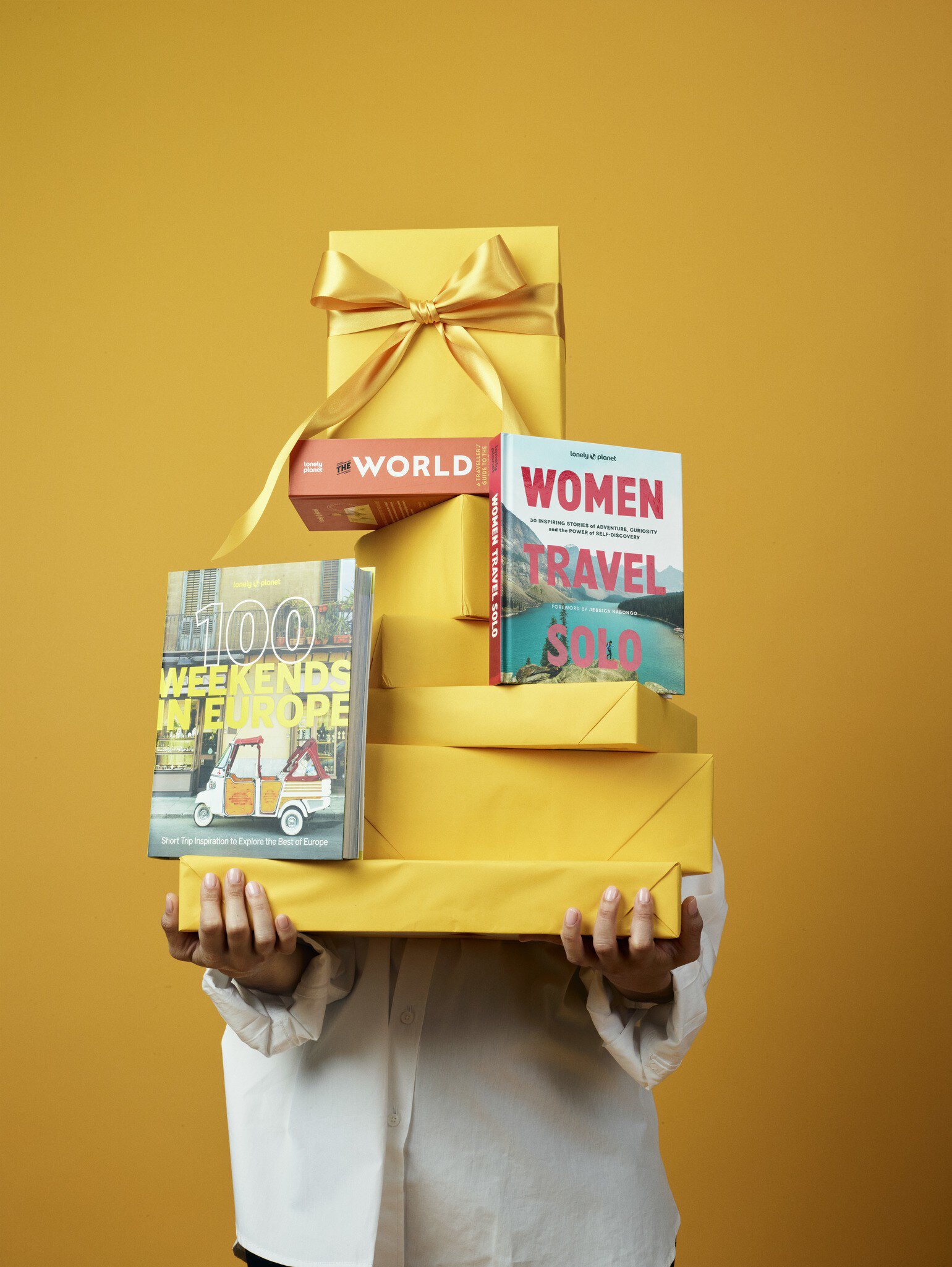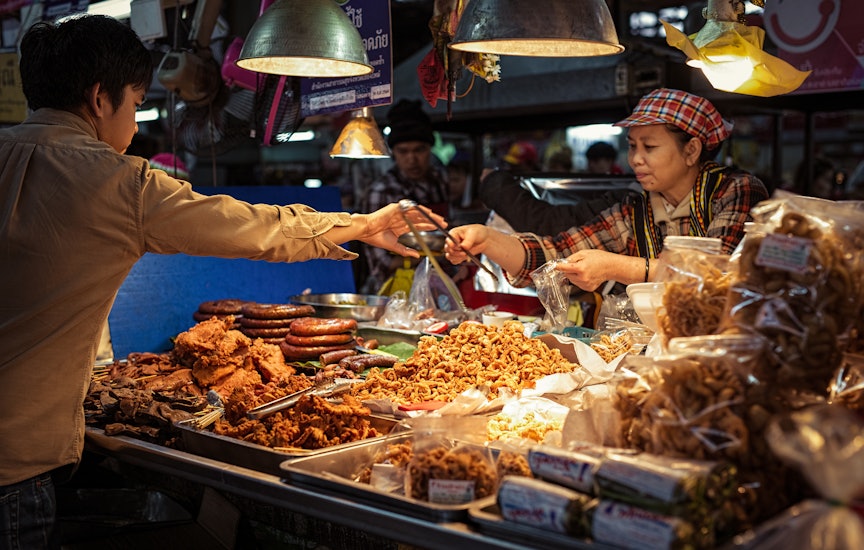
Overview
Northern Thailand's beautiful, rugged geography is the region's great temptation. Hidden among the forested mountains are Thailand's most iconic waterfalls and caves, as well as whitewater rapids and jungle trails. The area is a playground for outdoor pursuits – hiking, rafting, kayaking and caving opportunities abound.
Leave the planning to a local expert
Experience the real Northern Thailand. Let a local expert handle the planning for you.
Must-see attractions
Get a book. Get inspired. Get exploring.
in partnership with getyourguide





















